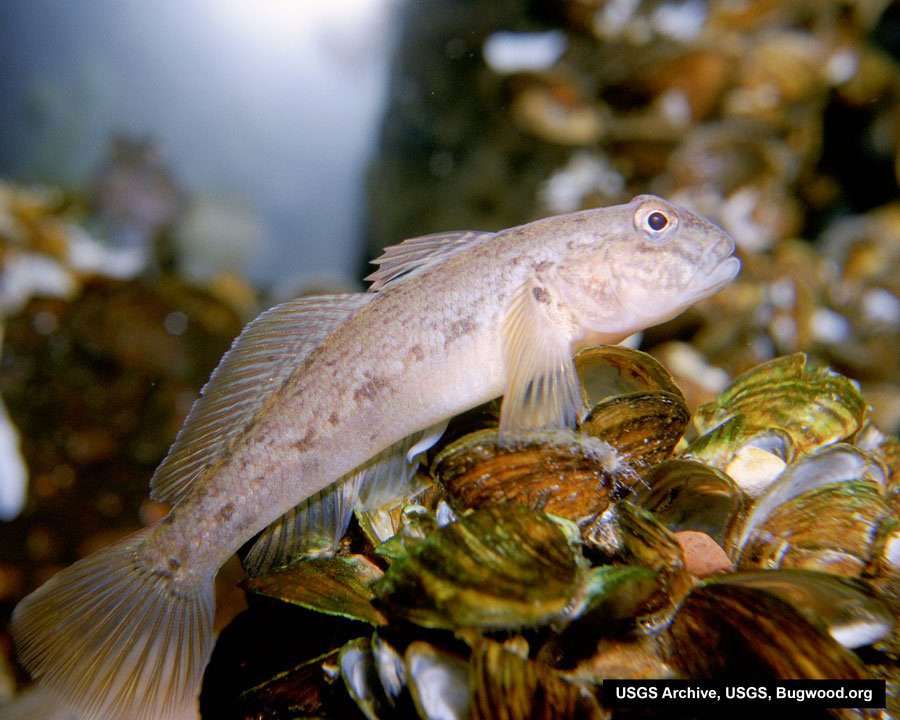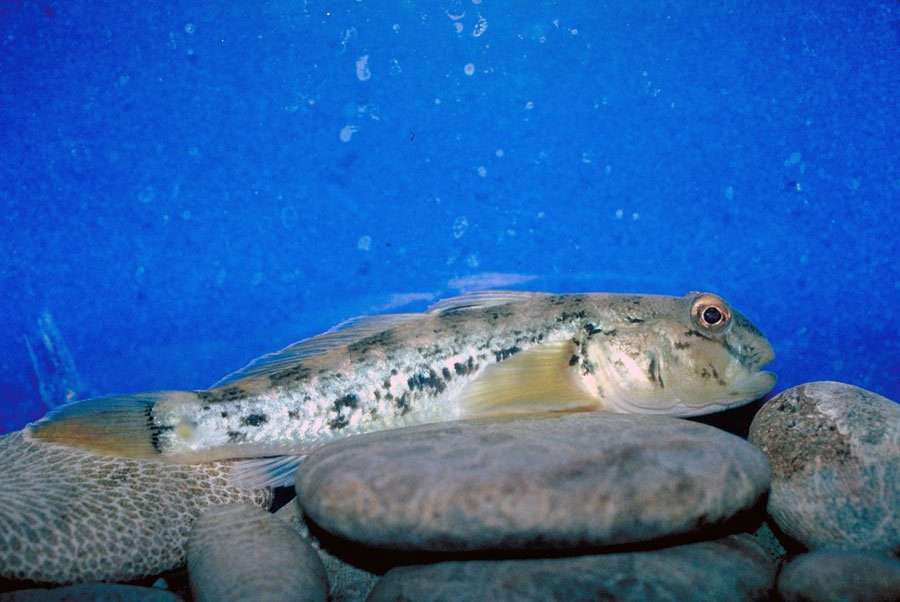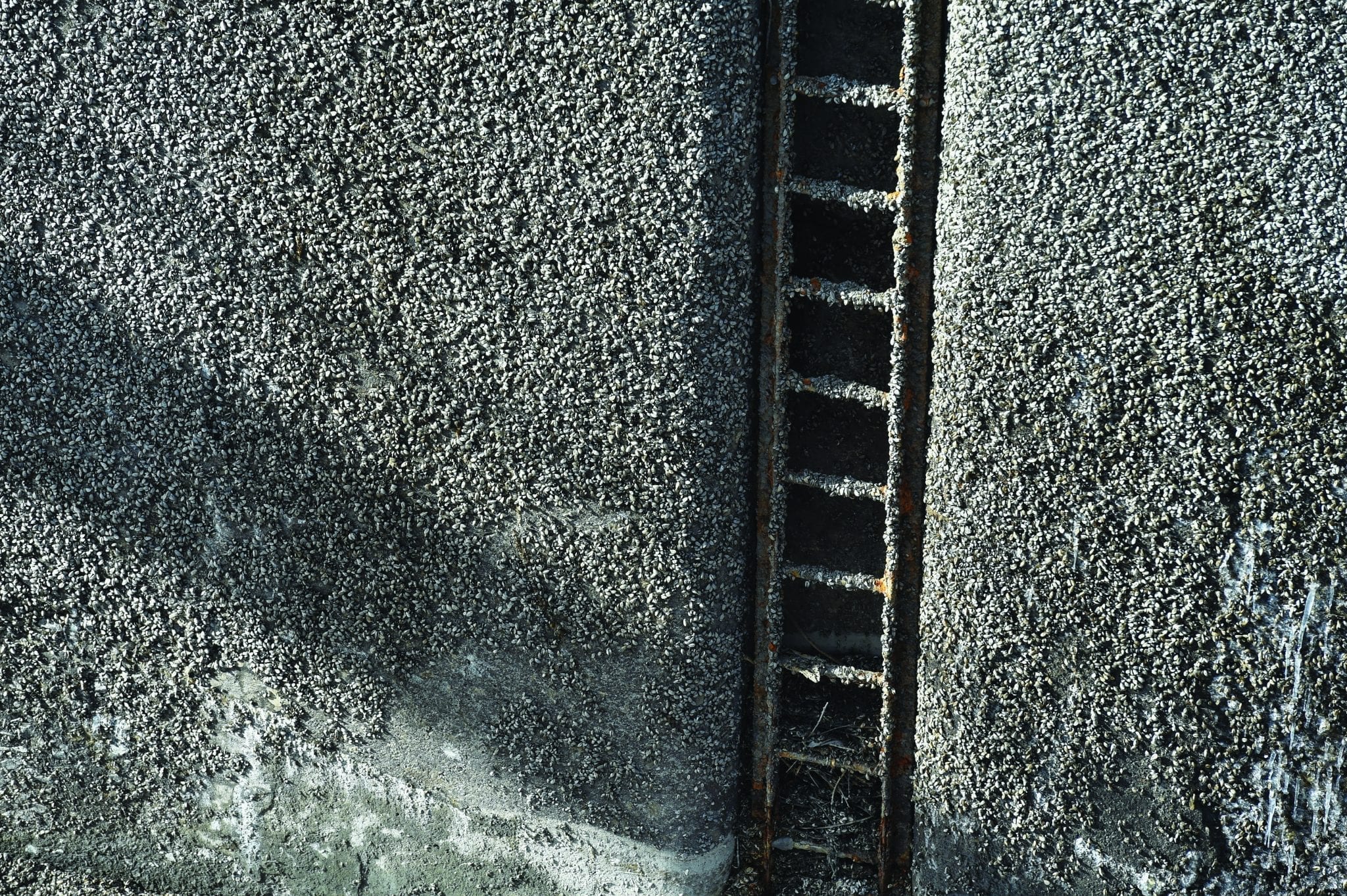
Nature Conservancy calls on governor to keep Champlain Canal lock closed
By Zachary Matson
The invasive round goby fish that has wreaked havoc in the Great Lakes and spread across New York in the state canal system is heading toward Lake Champlain.
“We have been watching (round goby) coming,” said Meg Modley, the aquatic invasive species management coordinator for the federally-funded Lake Champlain Basin Program. “We are pretty much at the point now where it’s time to take some action. They are closer than they have ever been.”
Conservationists hope that keeping a lock closed on the Champlain Canal this year will block the invasion before it’s too late.
The Nature Conservancy last week called on Gov. Kathy Hochul to keep closed a lock on the canal that connects the Hudson River to Lake Champlain. That would establish a barrier this season to prevent round goby from entering the lake’s massive watershed.
“We think it’s the governor’s responsibility to make that happen,” said Stuart Gruskin, chief conservation officer for The Nature Conservancy in New York. “As soon as the Champlain Canal is open for the next season, it’s a clear pathway for the round goby to get into Lake Champlain.”
BECOME AN EXPLORER: Your support helps power nonprofit journalism for the Adirondacks
The round goby is native to the Caspian and Black seas. It is suspected to have made its way to the Great Lakes in shipping container ballast water around 1990. Within five years, the fish had invaded all of the Great Lakes.
A 2002 estimate of round goby in Lake Erie pegged the population at nearly 10 billion. By 2013, round goby occupied Onondaga, Cayuga and Oneida lakes, and the fish has become widespread in the St. Lawrence River.
Prolific breeders, reproducing every 20 days during the hatching season, they feed on the eggs and fry of native fish while overtaking important habitat. They carry diseases that can pass to other fish and birds.
State Department of Environmental Conservation workers in July captured the first round goby specimens on the Hudson River, about 50 miles from Lake Champlain, evidence the fish had made their way down the Mohawk River. They now threaten both the Hudson River estuary and Lake Champlain watershed. Round goby were later captured near Coxsackie and as far south as Poughkeepsie.
The basin program this year is working with the U.S. Geological Survey scientists to ramp up monitoring of the fish between the confluence of the Mohawk and Hudson rivers at Cohoes and the Champlain Canal passage. The basin program also plans to increase its angler education this year, focusing on the risk that the fish could be introduced by bait bucket.
While the Hudson and Lake Champlain watersheds are not naturally connected, the canal system has established a pathway for invasive species to traverse from one water system to another. Over the years, scientists have chronicled multiple invasive species using the canals to creep toward Lake Champlain.
USGS scientists plan to monitor for round goby at seven study sites between the Mohawk-Hudson confluence and Fort Edward, where the Champlain Canal splits from the Hudson River and heads north to the southern narrows of Lake Champlain.

Scott George, a USGS biologist who has studied the migration of round goby across New York, said researchers will gauge environmental DNA and trawl for fish at the bottom of the river as they monitor how far upstream the species has traveled. Environmental DNA found in a water sample can serve as a signal that a particular species is present in the area, and the trawling would turn up actual specimens. He said the fish move more rapidly downstream but can also travel upstream.
“We are a little blind right now as it relates to the Upper Hudson and Champlain Canal,” George said.
The round goby could hurt Lake Champlains’s sport fishery, an important economic driver throughout the region, and would pose a direct threat to the lake’s rebounding native lake trout population.
The Essex County Board of Supervisors last week adopted a resolution supporting the calls to keep a canal lock closed this summer. Shaun Gillilland, the Wilsboro supervisor and chair of the county board of supervisors, said the risks of introducing the invasive fish species to the lake far outweighed any downsides of keeping the lock closed.
“The round goby is a threat directly to the sport fishery,” Gillilland said. “This is where natural resources and economics cross.”
The state Canal Corporation and DEC in a joint statement said the agencies were assessing the potential spread of the round goby and ways to prevent their invasion of the Lake Champlain Basin. The agencies said they planned to evaluate the ecological and economic impacts of the species and engage with the public prior to implementing any action.

Long-term fix
Environmentalists have long considered the canal system a “superhighway” for aquatic invasive species to migrate to new areas, and the issue was part of discussions in the state’s “Reimagine the Canals” initiative.
A report commissioned as part of that effort to modernize the state canal system noted the system’s role in enabling invasive species to spread and outlined options for barriers.
“Aquatic species invasion can be facilitated when naturally separated watersheds become connected through human interventions,” according to the report produced by Seattle-based Resource Consultants Inc. “The Erie Canal did this.”
The state canal system is slated to reopen for boat traffic around May 20. Gruskin said keeping one Champlain Canal lock closed would have minimal impact on canal users but could buy state and federal officials time to develop a permanent barrier that would bar invasive species while enabling boats to pass.
While keeping a canal lock closed to prevent invasive spread does not appear to have precedent in New York, the Fox River Locks System in Wisconsin last year shut one of its locks to prevent round goby from spreading into Lake Winnebago, according to news reports.
Plans are underway for a permanent barrier in the Champlain Canal that would prevent invasive species spread but allow boat passage. The Lake Champlain Basin Program is working with the U.S. Army Corps of Engineers and recently approved the second phase of a feasibility study. The study would include extensive public engagement and environmental review. By the end of the feasibility study, which could still be a couple of years away, officials could be ready to begin construction. The long-term barrier would help limit the spread of countless potential invaders.
“Every few years there is going to be a new invasive species that threatens the canal system,” said Modley of the basin program. “The problem isn’t going away.”
"fish" - Google News
February 17, 2022 at 10:00AM
https://ift.tt/bugVTmW
Groups mobilize to ward off round goby fish invasion - Adirondack Explorer
"fish" - Google News
https://ift.tt/LWGRkvn
https://ift.tt/ZjSBaHx
Bagikan Berita Ini














0 Response to "Groups mobilize to ward off round goby fish invasion - Adirondack Explorer"
Post a Comment